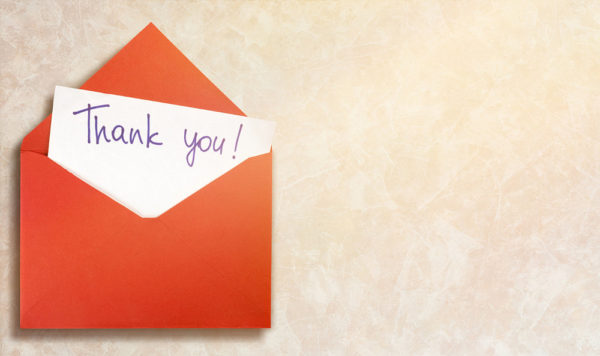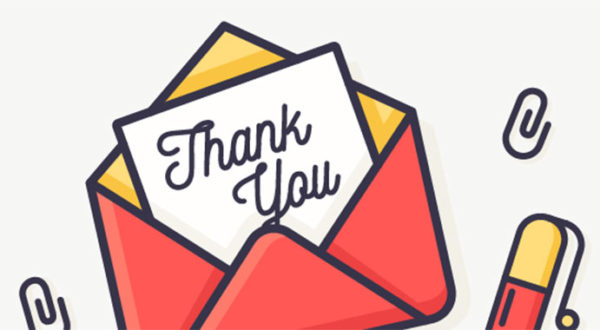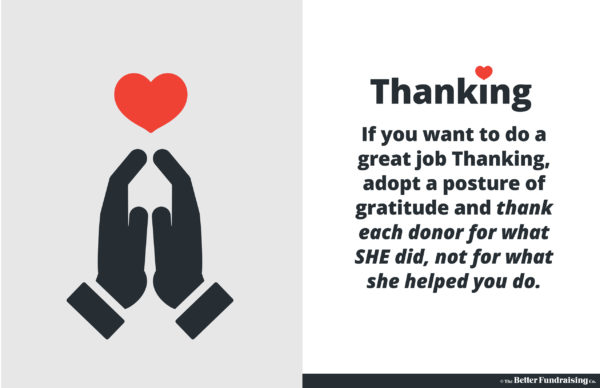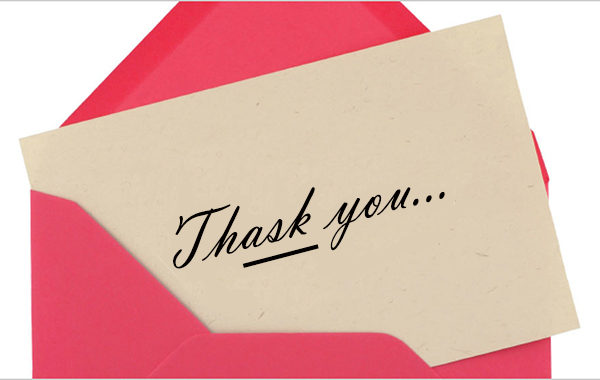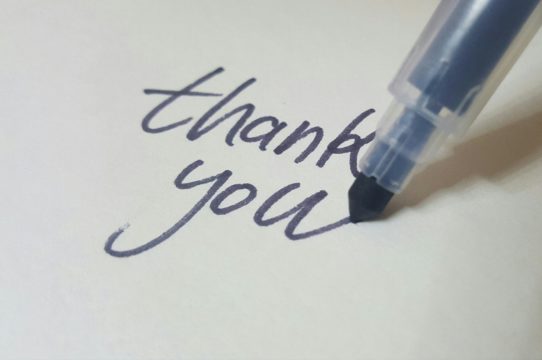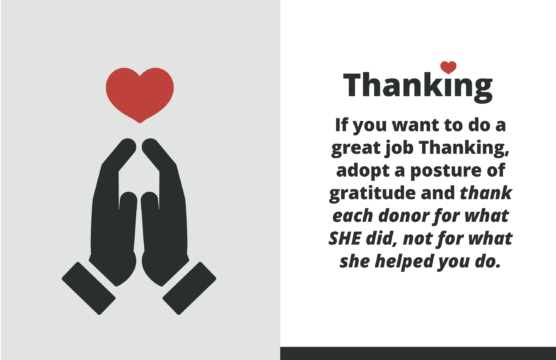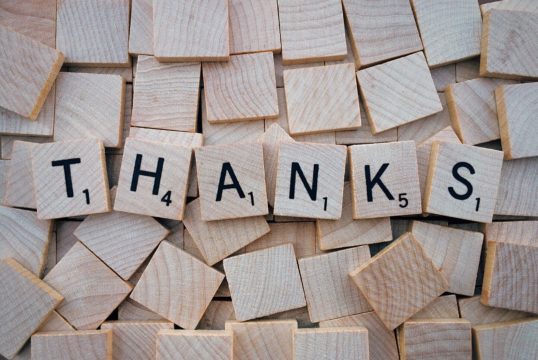I have a theory you’ll probably agree with:
How well you thank a major donor has a big impact on whether they give you additional gifts in the future, and how large those gifts will be.
If you agree, keep reading. Because we’re about to share what we’ve learned over the years about Thanking major donors. We’ll talk about the tactics to use, and about the message you want to convey.
Jim Shapiro, my partner in crime here at Better Fundraising, taught me most of this. And even though it’s really simple, I’m going to break it down into easy steps.
Thank a major donor five times
Why five? Because you want your major donor to feel that their gift really mattered. Not “know” their gift matters. That’s a simple fact that they probably already know (especially if you’re a local charity). That can be communicated with a receipt and a thank you note.
You want to do more. Because your goal isn’t your donor knowing. Your goal is for them to feel your gratitude and appreciation. And you need multiple touches for that.
By the way, you don’t have to do any of these things. You can not even acknowledge gifts and some donors will keep giving to you. But why leave it up to chance? Most of the steps below don’t take much time and can make a big difference over time . . .
The easy three ways to thank a major donor
These are simple to do. Every single organization should be doing these. Think of them as ‘a cost of doing business’ if you want to keep your major donors giving to your organization.
- Call and say Thank You. Have the highest-ranking person available in your organization call within 24 hours of receiving any gift from a major donor or that qualifies for major donor status. It doesn’t have to be a long call, in fact they are usually less than 5 minutes. But call them.
- Send a receipt. Send a printed receipt within 24 to 48 hours. Pro Tip: if the gift is a major gift or from a major donor, have your ED write a note on the receipt before it goes out.
- Send a Thank You note. Use a Thank You card from Hallmark, or a special branded card from your organization that you use only for this. You want this to feel special, and have it not look like what you normally send.
The tougher two
OK. You’ve done the Easy Three ways to thank a major donor. But you want to do a couple more things over the next few weeks to communicate now that you’re looking at this as a relationship, not a transaction.
There is no ‘one perfect thing’ for every organization. But here are two themes to follow. Try to do one of each theme each time a major donor makes a gift. And you’ll notice that the key here is that they are personal; either personal from the person doing the Thanking, or personal for the donor . . .
- A personal Thank You from someone at the organization. What you’re trying to do here is have someone important (either high-ranking or a beneficiary) communicate their Thanks to the donor. :
- Make and deliver a handmade gift. We have an ED who makes cookies for her donors. We have a CEO who makes pies for his donors. We used to work with an organization where the MGO hand-made wooden pens for his donors.
- Have a beneficiary write a thank you note, and send that note to your donor. We’ve seen kids at camp, hospital patients, students, and beneficiaries of all kinds write thank you notes to donors.
- A personal value-add to the donor’s life. If you know your donor has a specific interest (a sports team, model trains, the Arts, etc.) you can send them something about their interest. At the end of the note, say something like, “…and thank you again for your incredible gift!”
Main messages missing?
There are two powerful messages you should communicate when you thank a major donor. Most organizations completely miss these — but donors LOVE hearing them.
Tell her that her gift was needed. Most organizations are not good at being vulnerable with donors, and a byproduct of that is that most organizations rarely communicate to donors that their gifts are needed. But donors love to know that their gift was needed because it makes them feel great about giving the gift!
How great do you feel when you help a friend who says, “Oh! That was exactly what I needed!”?
Tell her that her gift is going to make a difference. Most organizations, in their receipt letters and thank you notes, don’t actually say that the donor’s gift is going to make a difference. They say things like “Thanks for joining our mission…” and “Thank you for your partnership! Our programs are the best of their kind in the region…”
Remember that she gave a gift to make a difference, so tell her that she’s going to make a difference! (And then later, Report back to her to show her the difference she helped make and “close the loop.”)
So I would include a sentence that says something like, “Mary, your gift couldn’t have come at a better time! It was needed. It’s going to make a difference, and I can’t wait to get in touch with you in a couple of months to show your impact to you!”
Listen to her
Of course, if your donor says not to contact her, honor her. If she doesn’t want to be in relationship with you outside of her giving, pay attention. If she wants to be anonymous, let her stay that way.
But don’t assume any of those things. Assume she’d love to be well-thanked. 1 in 25 times that will put you in an awkward situation. 24 out of 25 times that will make you more likely to get another (and larger) gift from the person.
Relationship, not transaction
Relational Thanking is showering your major donors with personal touches so that they feel your gratitude.
Transactional Thanking is a receipt, a mention in the annual report, and a request for a larger gift 11 months from now.
Each of your major donors have LOTS of choices for where they can give their next gifts. Which type of organization would you rather give to? One that communicates through their actions that majors donors are small cogs in a big machine, or one where donors feel like their gift was needed, appreciated, and is going to make a difference?

